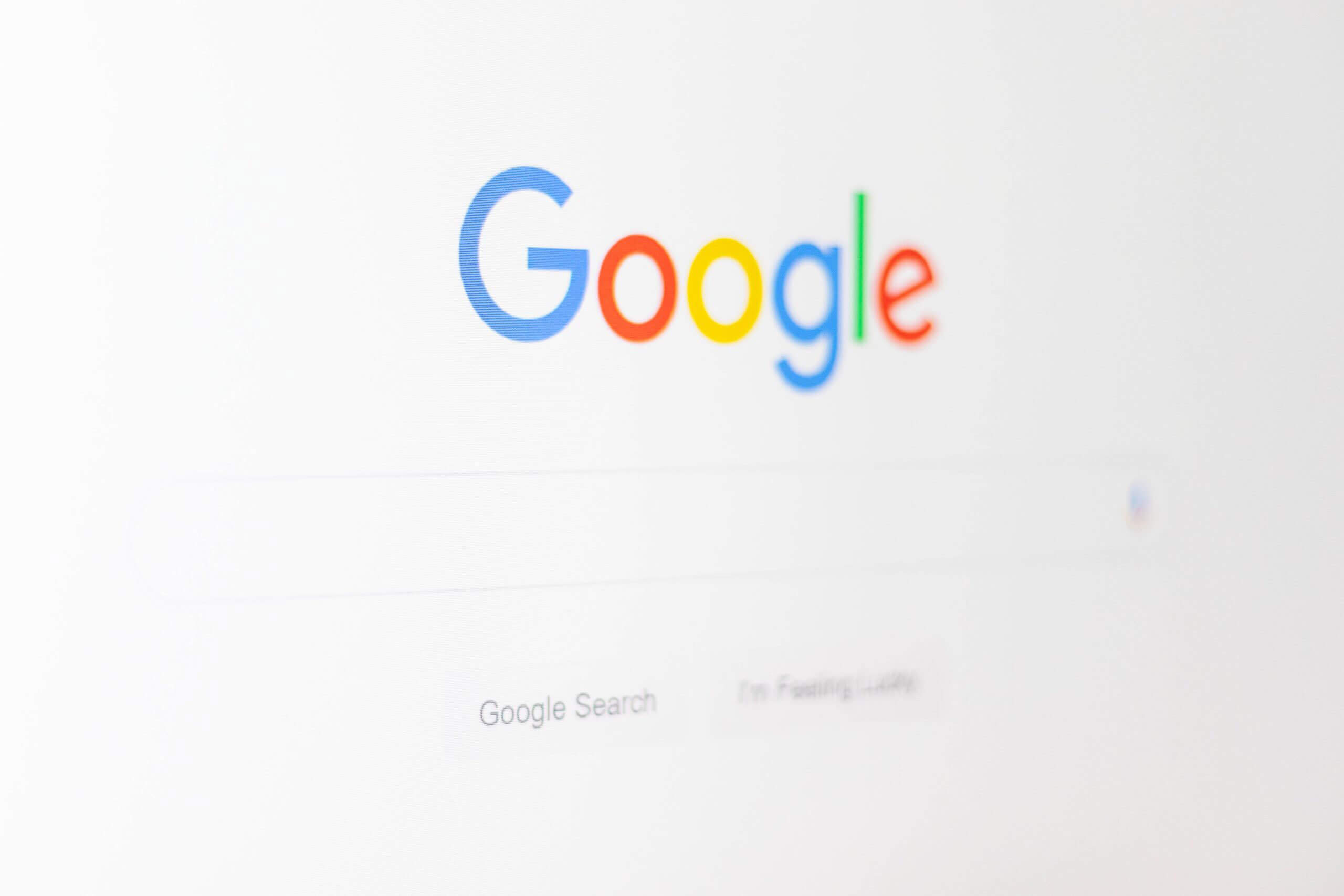What Small Businesses Should Know About SEM: Search Engine Marketing

hen it comes to marketing your small business, there are different ways to get inbound leads. If you've been around in the online space for a while, you've probably heard about SEO, or search engine optimization. While it is a useful tactic, it's not the only one.
Enter search engine marketing, or SEM. Instead of only using your website to do the heavy lifting, you can leverage the power of various search engines to help you grow your business.
Intrigued? Let's take a look at a quick overview of what SEM entails, and whether it's a good fit for your business.
What is Search Engine Marketing?
In essence, SEM is where you pay online search engines to send relevant web traffic to your site. The idea is to help you get as many qualified eyeballs on your site as possible and hopefully drum up leads or more sales that way.
Many businesses use what's called a pay-per-click method, where the business (or advertiser) will pay the search engine (publisher) each time someone clicks on an advertisement link. In most cases these links are at the top of internet search results, increasing the chances someone will click on your link.
How is SEM Different From SEO?
It's hard to talk about SEM without referencing search engine optimization, or SEO since both tactics rely on search engine results. However, SEO doesn't necessarily require you to pay anyone (except for an SEO professional if you go that route). Instead, SEO relates to activities to increase the chances your website will land on the top of the list of someone's search results. These include link building and maintaining a keyword density to increase relevance.
Is SEM a Good Fit For My Small Business?
The short answer is: it depends. The longer answer is that it would depend on your industry and how long your business has had an online presence. For one, SEM allows you to "fast track" results — you can increase your traffic much faster if your link is sitting at the top of search results. If you relied on tactics like SEO, it could take months to try to increase your search rankings.
Yes, you do need to pay for SEM, but you don't need to invest thousands of dollars to get the ball rolling. You can test different metrics and measure your return on investment to see whether it's worth putting more effort into it. For instance, if you spend $300 on SEM and you end up getting $3,000 in additional sales for your comic book business, then it might be worth investing more. Besides, SEM tends to yield some sort of results. Even if search engines change their algorithm — which usually leaves other businesses scrambling if they only rely on SEO — your strategy may not change much. If you find that you've gotten a good system to generate lots of qualified leads to your website, you might not have to do that many tweaks if search engines change the way they qualify relevant links. After all, these companies still want your business.
How to Best Leverage SEM
The best way to leverage SEM is to focus on what you want the web traffic you'll receive to do. Are you in e-commerce and want to direct people to specific products? Or do you want someone to go to a certain webpage and sign up for your newsletter? Having these metrics in place will allow you to measure whether SEM is profitable.
It's also easy to only use SEM to target leads if it's working well for you now. Don't forget to continue to work on your online presence and other marketing tactics so that potential customers can find your website through organic search results.






